Dezbaterea Transportul Electric din Brașov – Trecut, Prezent și Viitor, prima de acest fel din Brașov pe subiectul transportului electric am făcut-o în 19 iulie 2017.
În toamna lui 2017 a ajuns și în presa germană, în Allgemeine Deutsche Zeitung für Rumänien (ADZ).
Vă lăsăm o traducere a articolului apărut în ADZ.
Mulțumim Remi Almodt pentru traducere.
Și nu uitați de Petiția pentru susținerea troleibuzului în Brașov, semnați și dați mai departe.
„The vehicle with sympathy bonus
The trolleybus should have a future, also in Brasov.
By: Ralf Sudrigian
Sunday, October 22nd 2017
“The pretty trolleybuses were rolling silently past the applauding crowd. The people from Stalin city are pretty proud of their new acquisition.” That was what the Kronstädter “Volkszeitung” (the predecessor of today’s “Karpatenrundschau”) said on a caption to a black and white image, showing the convoy of 5 trolleybuses. It was the birth hour of the trolley bus in Kronstadt/ Brasov – 58 years ago, when the city was still named Stalin city.
Today, in the same city, the trolley bus is not so well. He’s facing a slow and silent end. How could this happen and why not separate from him?
The Trolley Bus in the world and in Romania
In the Duden (dictionary) this long word (short form Obus) is defined as in Germany and Austria common form for Trolleybus. Here, as in Switzerland, the English term is used. In Austrian Salzbug, it is also referred to as “Standlbus” (polebus) because of its’ trolley poles, sliding along the catenary. In Romanian, they were colloquially referred to as “coarne” (“horns”). Also interesting is the name that the Timisoara people still use for their trolleybuses today: “firobuz” – derived from the Italian name “filobus” since the first trolleybuses came from “Fiat”.
Whatever its name, the trolleybus, with the exception of Africa, is well represented on all continents. Worldwide there are about 40,000 trolleybuses in 370 cities from 47 countries, which come from 30 manufacturers. Eric Trel, the Dutch expert for financing issues of Amsterdam’s public transport, mentioned this data during his presentation during a debate organized by the Brasov association “Visum” in July at the cultural center Redoute (Reduta) on the topic “The future of the trolleybus in Kronstadt”. China is the number one public transport operator, which is also to be found in the United States, Western or Eastern Europe. In Valparaiso, the only Chilean city with a trolleybus network, this means of transport has even been declared a “valuable cultural asset” so that no one dares to take it out of circulation and remove it from the world.
In Romania, in 1939, the city of Czernowitz / Cernăuţi, now part of the Ukraine, was the first city with a trolleybus network. In the turmoil of the Second World War, according to the architect Gruia Hilohi from Brasov, before the takeover of the city by the Red Army some trolleybuses were brought from Chernivtsi to Kronstadt, to use them there. It did not come to that. Temeswar / Timişoara had already introduced a trolleybus network in 1942. In 1949 followed the capital Bucharest and only ten years later Kronstadt and Cluj-Napoca. The first Kronstadt trolley line connected the upper suburb Schei with the former main station. A little later, it was extended to the Triaj quarter. End of 1959 there were two trolleybus lines with a total length of 7.5 kilometers (two lanes) on which 18 trolleys operated. At the same time, 65 buses were used on 13 routes in urban passenger transport. The heyday of the trolleybus was reached in Kronstadt shortly before the turn of 1989: In December 1988 there were 210 trolleybuses, which operated on 17 routes (total length: 32, 1 kilometers). Thus, the bus traffic (102 buses on 14 routes) as well as the newly introduced tram (a line Rulmentul – Astra district with 16 trams) were outstripped. At the time, 64 percent of public transport were covered by trolleybuses. One reason for this was the fuel and diesel shortage in the Romanian economy of those years. Later, however, there was a rethinking in the city administration in terms of public transport. New buses were bought, in 2006 the tram was abolished. At the end of 2004, there were still 135 trolleybuses on 13 routes in use, today there are only 17 on five routes with a length of 18.2 kilometers, so that only nine percent of Kronstadt’s public transport services are served by these means of transport, while the diesel buses clearly dominate: 165 buses on 29 routes (source: visumbrasov.org).
If this trend continues, it is clear that the trolleybus in Brasov has had its day. In order not to write red numbers, at least 110 trolleybuses would have to run on 14 lines. However, the Brasov Traffic Directorate (RATBv SA) does not want to buy any new trolleybuses (mostly used trolleys from Switzerland are used), although the EU encourages such means of passenger transport through favorable lending. Brasov is not alone in this regard. In cities such as Jassy / Iasi, Konstanza / Constanta, Hermannstadt /Sibiu or Braila, the trolleybus has already been adopted in recent decades.
Advantages and disadvantages
The trolleybus is obsolete, expensive and unreliable, it is often heard. Above all, the infrastructure on which this means of transport depends, as well as their not so easy maintenance, so that the operating costs increase. It’s about the catenary – a kilometer-long system of wires suspended from pylons with air intersections and intersection points. Especially at intersections and in historic neighborhoods with old buildings, squares and parks, these “rails in the sky” appear to be an ugly picture for many. To maintain it, you need a special vehicle, the tower car; On frosty winter mornings a catenary deicing is necessary, otherwise it will crackle dangerously and the sparks will spray. Through substations, also called rectifier stations, the power is supplied. In topic related literature, the construction costs for new tracks are calculated to up to 1 million Euros per kilometer.
A new trolleybus is about twice as expensive as a diesel bus. However, he has a longer life (15 – 20 years) and mileage (up to 1 million kilometers) than his diesel bus competitor. Only the trolleybus maintenance is a bit more complicated and cannot be outsourced as easily as with the usual bus, to external service workshops.
The third disadvantage, the “unreliability”, is, even with good maintenance, more likely to be the vulnerable infrastructure. Sure, in the past there were more pole derailments – if the pantograph bar jumps off the wire. Then the trolley stands still – the driver pulls on thick leather gloves, dismounts and fiddles with the safety ropes at the back end of the trolleybus until he fixes everything. This also demands some strength and the necessary skill from him. If the power goes down – today this should really be an exception, nothing works and the passengers have to be patient. Or they continue their journey, if it takes too long, on foot or by other means of transport.
What speaks for the trolleybus in the first place, is its environmentally friendly character. Thanks to the power supply, pollutants are not available, which is the case with no internal combustion engine. However, to be completely “eco”, the electricity used by the trolley would have to come from something else than a coal or gas-fired power plant, but from renewable sources. And the talk about electric smog would have to prove to be only a malicious rumor. The trolleybus is quieter than the diesel bus, there is no exhaust odor in the interior, the driving style is with lesser abrupt movements, thanks to the continuously variable acceleration. New articulated trolleybuses can also carry more passengers than buses. Trolleybuses are also quite fast. Although they are track-bound, they are not, like the tram, track-guided, which allows them a certain degree of maneuverability. Meanwhile, there are also auxiliary drives and battery power, which give the trolleybus extra autonomy.
Electro mobility in city traffic is back in fashion. Maybe less in Brasov, the tram was quickly abandoned and the electric bus was preferred, rather than the trolleybus. But it will take some time until efficient and cost-effective electric buses can replace or complement the trolleybus. Also important for the environmentally friendly trolleybus is the prevailing attitude towards public transport, especially in Western Europe. The car is in the city, especially if you use it alone, just not as important as before. Experts like Eric Trel and Tudor Măcicăşan (Cluj) say so. It is no longer considered a status symbol. Using the bicycle or urban public transport speaks for a concrete environmental awareness and is no longer regarded as an indictment. Of course, the city traffic must be safe and reliable. And also environmentally friendly. The trolleybus enjoys a sympathy bonus, because of the latter characteristics, not only because of nostalgia.
Image captions:
1
The first trolleybuses in Brasov on May 1st 1959 presented a small sensation: “Silently, the pretty trolleybuses rolled past the cheering crowd of spectators. The Stalin city inhabitants are not just a little proud of their new achievement, said the “People’s Daily” on May 7, 1959
2
One of the trolleybuses still operating in Brasov today
Photo: the author”
Sursa articol.

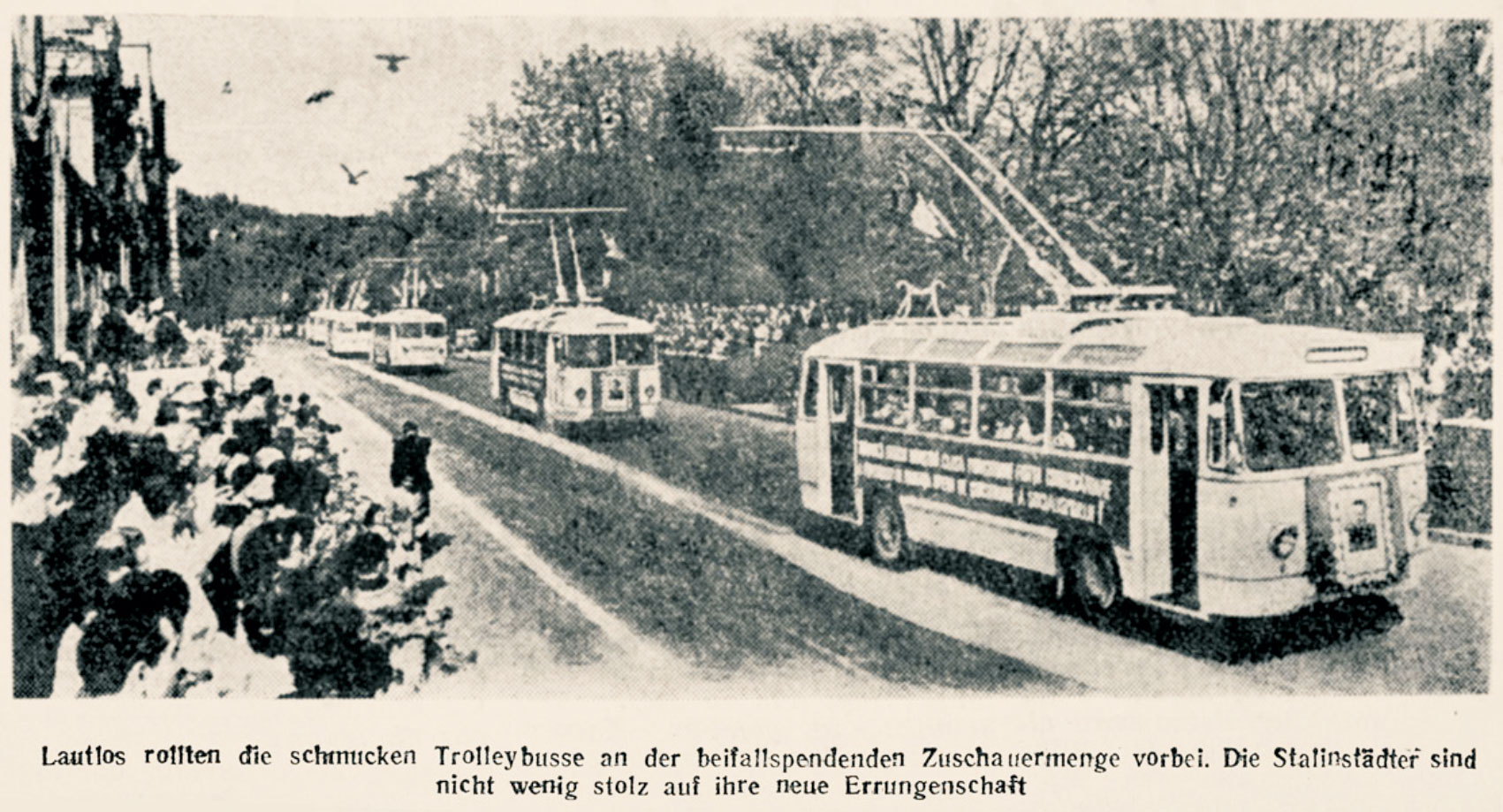
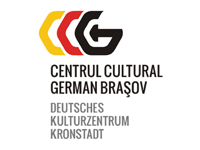





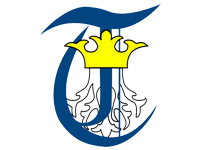
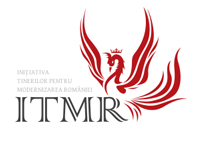
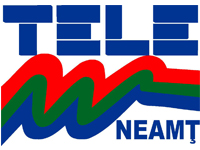

Suntem și pe